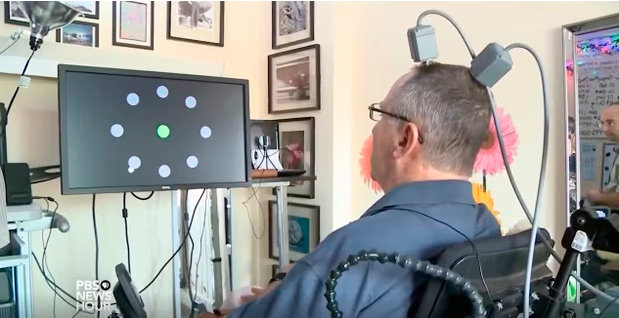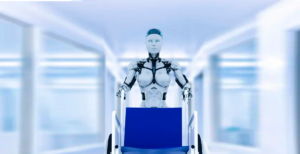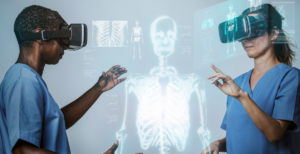Neuralink’s Breakthrough: First Human BCI Implantation

Neuralink, the neurotechnology company led by Elon Musk, has recently achieved a significant milestone in medical technology by successfully performing the first human implantation of a brain-computer interface (BCI). This development advances Neuralink’s mission and opens new doors for treating various neurological conditions.
The Milestone Achievement
In a pioneering operation, a 29-year-old man paralyzed from the shoulders down due to a tragic diving accident received the first Neuralink implant. Designed to establish a direct line of communication between the brain and computers, this implant reads and writes neural signals, aiming to restore independence to individuals with severe physical limitations.Procedure and Early Outcomes
The procedure, which involved minimally invasive surgery, was completed without complications, and the patient is recovering well. Early tests indicate successful neuron spike detection, confirming the implant’s potential to function as intended. This marks a groundbreaking step for Neuralink, demonstrating their human BCI technology application capability.Potential and Prospects
Neuralink’s BCI technology could drastically transform the lives of those with paralysis and other severe neurological conditions. The company’s ultimate goal is to develop a high-bandwidth neural interface allowing individuals to control digital devices with their thoughts alone and potentially restore motor functions lost to injury or disease. Challenges Ahead
Despite the excitement surrounding this breakthrough, significant challenges remain. The long-term safety and efficacy of the implant are yet to be entirely determined, and extensive further research is required to ensure that the technology can be safely and effectively used in a broader human population.
Neuralink’s recent success represents a significant leap forward in brain-computer interface technology. As we follow Neuralink’s ongoing development, the implications for those with severe disabilities could be profound, offering a glimpse into a future where technology and the human brain merge to overcome some of the most challenging medical conditions.Stay Updated
For continued updates on Neuralink’s PRIME Study and other developments, visit Neuralink’s official website or follow Ability Medical’s blog for the latest in transformative medical technology.




